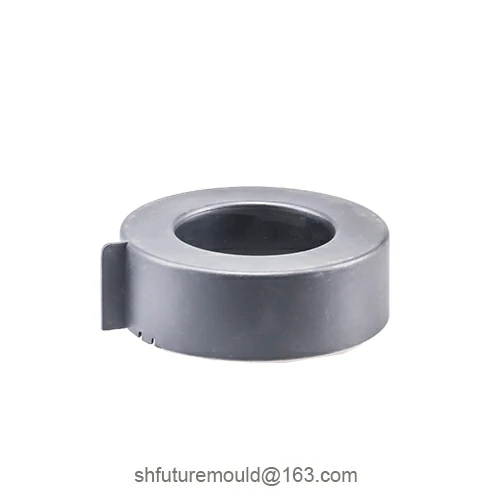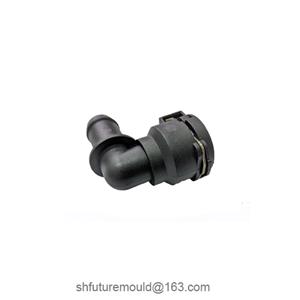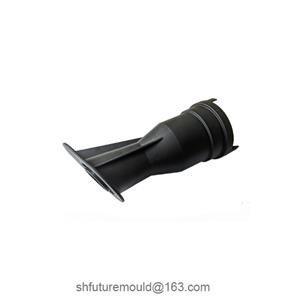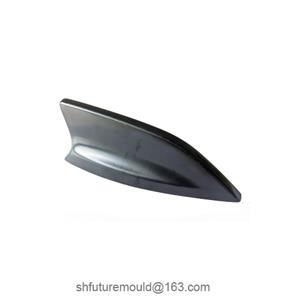Effect of vent depth on the injection molding process
The vent depth of injection molds is a crucial factor in injection mold manufacturing, directly affecting injection mold performance and product quality.
What are the effects of vent depth on injection molds?
1. Improve venting efficiency
Increasing vent depth enhances venting efficiency. When a certain back pressure forms inside the mold, it hinders plastic filling, preventing gas from being discharged smoothly from the mold, and leading to injection defects such as air bubbles. Increasing vent depth can enlarge the venting area, effectively reducing the product defect rate.
2. Enhances filling uniformity
Increasing vent depth improves the filling uniformity of plastic molds. An appropriate vent depth can buffer the compression deformation of plastic during the injection process, ensuring uniform filling, reducing residual gas in runners and mold surfaces, and further improving the quality of plastic parts.
3. Reduces residual stress
A reasonable vent depth can reduce residual stress in the mold during the injection process. Plastic undergoes multiple processes such as heating and deformation during injection molding, which can lead to residual stress in the plastic part. Excessive residual stress can cause problems such as deformation and discoloration of the plastic part, while an appropriate vent depth can reduce the generation of residual stress and increase the mechanical strength of the plastic part.
- Injection Mold
- Automotive Injection Mold
- Electronics & Electrical Injection Mold
- Consumer Goods Injection Mold
- Airplane Components Injection Mold
- Medical Components Injection Mold
- Irrigation Components Injection Mold
- Injection Molds




